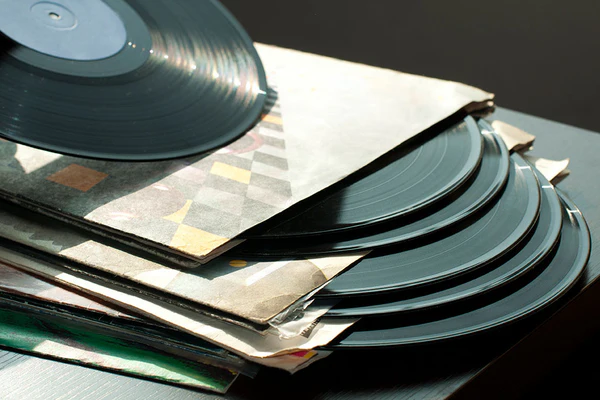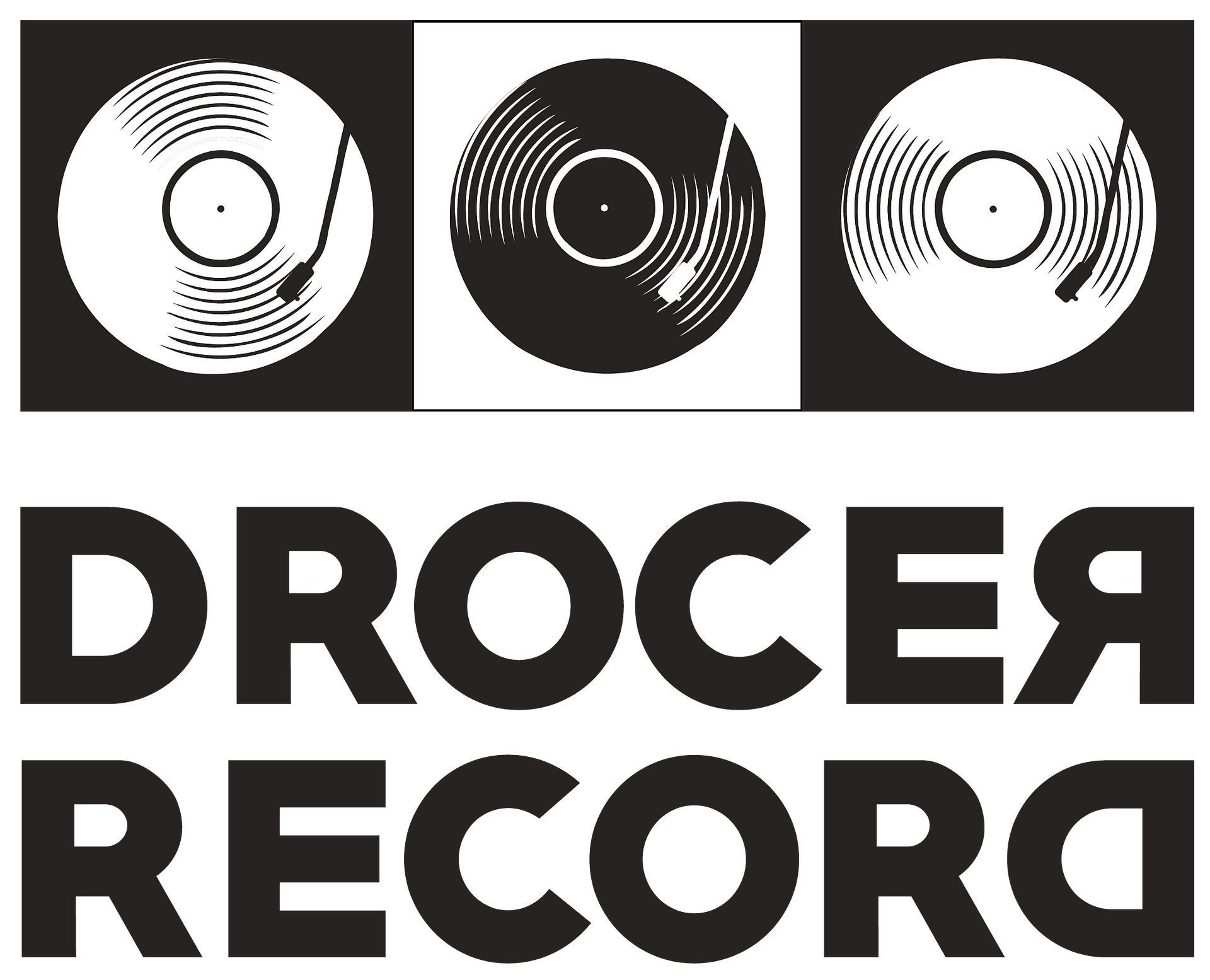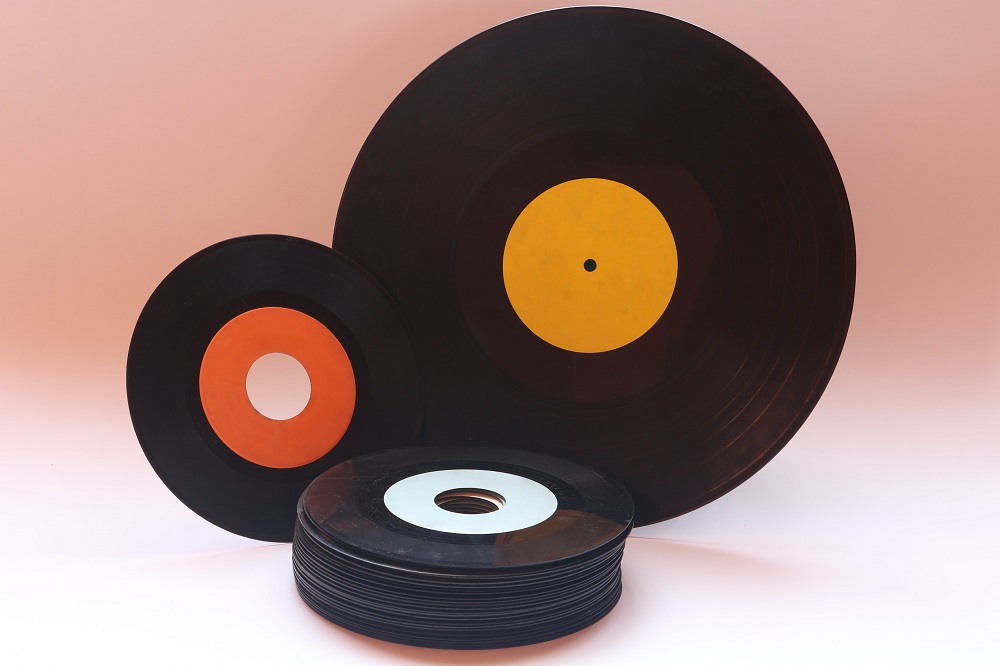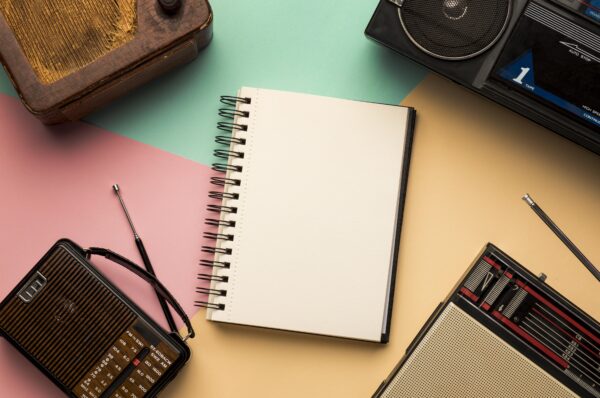Vinyl records have captivated music lovers for decades, celebrated not only for their warm analog sound but also for their physical presence as collectibles and art objects. Vinyl has seen a resurgence in recent years, and new enthusiasts often have questions about the size and physical attributes of vinyl records. Let’s dive deep into vinyl record sizes, why they differ, and how each impacts the listening experience.
Types of Vinyl Record Sizes
Vinyl records come in three primary sizes: 7-inch, 10-inch, and 12-inch. Each size generally corresponds to a specific playback speed and playing time, impacting how much music can fit onto each side of the record.
1. 7-Inch Records
- Diameter: 7 inches (17.5 cm)
- Speed: Typically 45 RPM (revolutions per minute), although some are 33 1/3 RPM
- Capacity: Holds about 4–6 minutes of audio per side at 45 RPM
- Use: Often used for singles, shorter songs, and sometimes EPs (extended plays)
The 7-inch vinyl record is popular among collectors and artists who release singles. Known as “45s,” these records are iconic due to their small size and nostalgic feel, often featuring one song on each side. The 45 RPM speed allows the record to deliver high-quality sound despite the limited playtime.
2. 10-Inch Records
- Diameter: 10 inches (25 cm)
- Speed: Can be 33 1/3 or 45 RPM
- Capacity: Around 9–12 minutes per side
- Use: Generally used for shorter albums or extended EPs
Less common than 7-inch and 12-inch formats, the 10-inch vinyl occupies a middle ground. It became popular in the 1940s and 1950s and has made a bit of a comeback among niche labels and artists looking for a unique format. Its moderate size makes it a great option for EPs or short albums, and it’s typically played at 33 1/3 RPM.
3. 12-Inch Records
- Diameter: 12 inches (30 cm)
- Speed: Standard speeds are 33 1/3 RPM, though some singles or special releases play at 45 RPM
- Capacity: 15–22 minutes per side at 33 1/3 RPM
- Use: Primarily used for full-length albums
The 12-inch vinyl is the most iconic and widely used size, known for holding full-length albums. Its larger surface area allows more grooves per inch, providing greater dynamic range and detail for audiophiles. This format is often referred to as an “LP” (long play) and is the standard for album releases, offering a balance between sound quality and playback time.
Also Read: – How does a vinyl record work
Understanding RPM: How Speed Impacts Sound Quality and Play Time
Vinyl records are played at three main speeds: 33 1/3 RPM, 45 RPM, and 78 RPM. Each speed affects the audio quality and how much music can fit onto the record.
- 33 1/3 RPM: The most common speed for LPs, this allows the record to hold more audio, which is why it’s ideal for albums. While it provides good sound quality, it’s not as high fidelity as 45 RPM.
- 45 RPM: Known for its excellent audio quality, the 45 RPM speed is primarily used for singles and some 12-inch audiophile records. The faster speed means the needle can track more information per second, resulting in richer sound.
- 78 RPM: A format popular in the early days of vinyl, the 78 RPM records are much thicker and have a larger groove width. They are rare today and require specialized equipment, as they offer shorter playtimes with lower fidelity.
Why Do Vinyl Record Sizes Matter?
The size of a vinyl record affects not only how much music it can hold but also the sound quality. Here’s how:
- Groove Density: A larger record surface, like that of a 12-inch record, can hold more grooves without compromising the space between them. This allows for greater sound detail and dynamic range, resulting in better audio quality.
- Track Length: Smaller records, like the 7-inch singles, are limited in the amount of music they can hold. For artists releasing only one or two songs, a smaller size is practical, but for full albums, a 12-inch record is essential.
- Sound Quality: Vinyl enthusiasts often favor 45 RPM 12-inch records for their superior sound quality, as the faster rotation captures more sonic detail.
- Aesthetic and Collectibility: Larger records allow for bigger cover art and more design space. This makes 12-inch records highly collectible, often considered pieces of art in addition to their musical content.
Also Read: – How to play a vinyl record

How Thick Are Vinyl Records?
Apart from diameter, thickness is also a critical factor in vinyl records. While standard records are about 1.5 mm thick, audiophile-grade records are often released as “heavyweight vinyl,” which can be 180 grams or even 200 grams. The increased thickness reduces warping and improves durability. Although thicker records don’t necessarily improve sound quality, they are preferred by collectors for their durability and weight.
Vinyl Record Size and Storage Considerations
The physical size of vinyl records means they require dedicated storage. 12-inch records, in particular, need larger shelves or cases due to their diameter. Here are some tips for storing vinyl records effectively:
- Vertical Storage: Vinyl records should always be stored vertically to prevent warping over time.
- Sleeve Protection: The record’s sleeve and cover offer protection from dust and scratches. Many collectors add an additional plastic outer sleeve for extra protection.
- Temperature Control: Extreme temperatures and humidity can damage vinyl. Store records in a cool, dry place away from direct sunlight.
Fun Facts About Vinyl Record Sizes
- Largest Vinyl Records: The largest playable vinyl record created was 90 centimeters (about 35 inches) in diameter, created as a promotional item for a DJ event.
- Miniature Records: Some novelty records measure only 3 inches in diameter. These mini-records have been popular in Japan and require a specialized turntable to play.
- Picture Discs: Some 7-inch and 12-inch records feature printed designs on the vinyl itself, called “picture discs.” While visually stunning, they can have lower sound quality due to the printing process affecting the grooves.
Also Read: – Top 10 most expensive vinyl record
Summary of Vinyl Record Sizes
| Size | Diameter | Typical Speed (RPM) | Audio Capacity (Per Side) | Common Use |
| 7-inch | 17.5 cm | 45 (or 33 1/3) | 4–6 minutes | Singles |
| 10-inch | 25 cm | 33 1/3 or 45 | 9–12 minutes | EPs, Short Albums |
| 12-inch | 30 cm | 33 1/3 or 45 | 15–22 minutes | Full Albums |
Vinyl records, in various sizes, have become a central part of the music collector’s world. Their physicality, from the detailed cover art to the sound that grooves produce, is part of what makes them timeless. Whether you’re drawn to the compact 7-inch singles or the rich sound of a 12-inch LP, each size offers its unique experience. Vinyl records provide more than just music; they offer a tactile, visual, and auditory connection to the art itself.

An Electronics Engineer & A MBA in Marketing Graduate, Kinjal Gosar is a passionate audiophile herself. Starting her career at India’s biggest Consumer Electronics Retail Chain, her technical knowledge is amazing. Classic Rock has been a huge part of her life and her love for Music has always been evident in all her work. A vinyl collector herself, she loves spreading the joy of analouge while giving nothing but the best to her fellow vinylheads.





